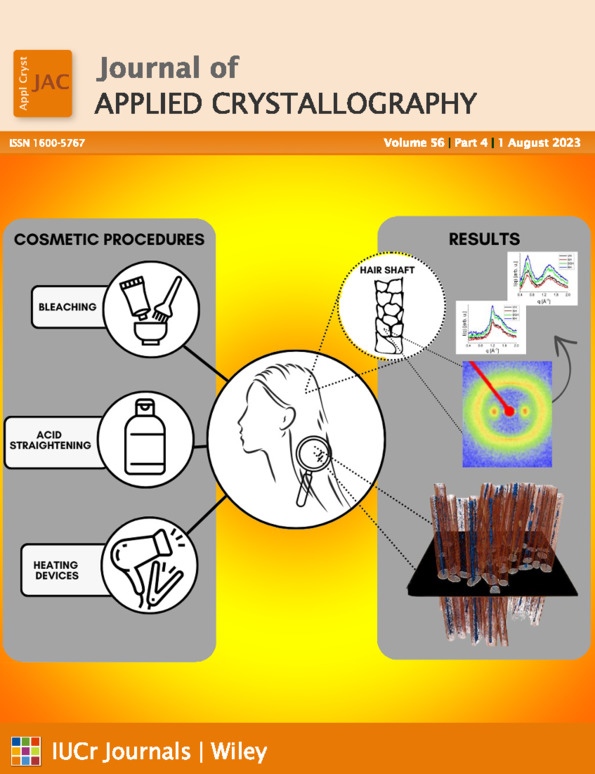Bragg coherent diffraction imaging with the CITIUS charge-integrating detector
Abstract
The CITIUS detector is a next-generation high-speed X-ray imaging detector. It has integrating-type pixels and is designed to show a consistent linear response at a frame rate of 17.4 kHz, which results in a saturation count rate of over 30 Mcps pixel−1 when operating at an acquisition duty cycle close to 100%, and up to 20 times higher with special extended acquisition modes. Here, its application for Bragg coherent diffraction imaging is demonstrated by taking advantage of the fourth-generation Extremely Brilliant Source of the European Synchrotron (ESRF-EBS, Grenoble, France). The CITIUS detector outperformed a photon-counting detector, similar spatial resolution being achieved (20 ± 6 nm versus 22 ± 9 nm) with greatly reduced acquisition times (23 s versus 200 s). It is also shown how the CITIUS detector can be expected to perform during dynamic Bragg coherent diffraction imaging measurements. Finally, the current limitations of the CITIUS detector and further optimizations for coherent imaging techniques are discussed.




